Mini excavators play a vital role in today's engineering and construction world. Among them, the 3 ton mini excavator is gradually favored by the majority of users because of its flexibility, convenience and efficient operation. This article will focus on the following points for an in-depth discussion: the most advanced technology for manufacturing mini excavators, the multi-functional attachments that can be configured with mini excavators, the difference between 3 ton mini excavators and 1 ton mini excavators, choosing a high-quality 3 ton mini excavator Factors to consider for mini excavators, etc.
Development of The Manufacturing Process of Mini Excavators
The development of the mini excavator manufacturing process has gone through many stages. Initially, the mini excavator was a simple mechanical pull rod operation with low efficiency. With the continuous development of technology, mini excavators gradually adopt full hydraulic pilot operation, which greatly improves work efficiency and operating accuracy. In recent years, with the development of China's electronic information technology, mini excavators have introduced microcomputer control methods, which, like a car's driving computer, can monitor the various operating processes of the mini excavator, greatly improving work efficiency and equipment performance.
In terms of the manufacturing process of mini excavators, modern technological advancements have also brought about many innovations. For example, the application of high-strength steel and special processing technology makes the components of the mini excavator more durable and corrosion-resistant. At the same time, advanced processing equipment and a team of engineers ensure the accuracy and compatibility of each component. In addition, the customizable accessory system also meets the various needs of users.
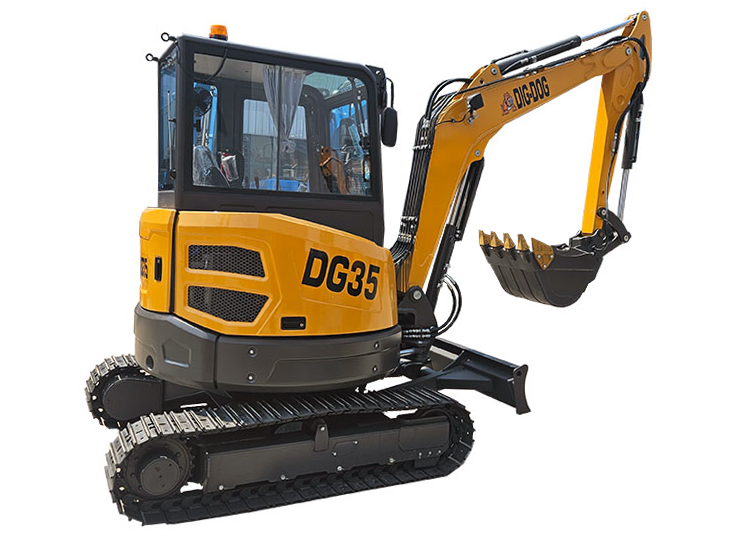
In the future, with the continuous development of technology, the manufacturing process of mini excavators will continue to be upgraded. For example, the introduction of more advanced sensors and control systems can enable more precise excavation operations and greater efficiency. At the same time, with the advancement of artificial intelligence technology, future mini excavators may have more intelligent functions, such as automatic sensing, adaptive control, etc. In addition, as environmental awareness continues to increase, future mini excavators may also adopt more green manufacturing technologies, such as energy-saving design, environmentally friendly materials, etc.
In short, with the continuous development of technology, the manufacturing process of mini excavators is also constantly upgraded and improved. Future mini excavators will be more efficient, precise, smart and environmentally friendly.
DIG-DOG's 3-ton mini excavator adopts advanced production technology during its manufacturing process. High-tech processing equipment and a superb team of engineers ensure the accuracy and compatibility of every component. Its overall structure is reasonable, sturdy and durable, while ensuring excavation efficiency.
In addition, the 3-ton mini excavator also has its own unique features in material selection. The main components are made of high-strength steel, which has been specially treated to provide excellent durability and corrosion resistance. This material, combined with advanced manufacturing processes, allows the DIG-DOG mini excavator to maintain stable working conditions in various harsh environments.
Customizable Attachments
Another notable feature of the mini excavator is its customizable attachments. Users can equip different accessories according to actual needs to meet various excavation needs. These attachments include high-precision excavation tools, different types of buckets, hydraulic breakers, and more. With these attachments, the mini excavator can easily handle various complex excavation tasks.
There are many types of attachments that can be configured for mini excavators. Common ones include:
Bucket teeth and blades: used for digging and leveling soil, gravel and other materials.
Different types of buckets: In addition to standard buckets, you can also consider buckets of different shapes and sizes to suit different excavation needs. For example, you can configure a smaller bucket for fine excavation, or a larger bucket for digging large amounts of soil or stone.
Hydraulic breaker: The hydraulic breaker is one of the important accessories of the mini excavator and can be used to break and demolish hard materials such as concrete. In addition to the standard hydraulic breaker, consider configuring different sized breaker heads to accommodate different sizes and types of concrete crushing jobs.
Hydraulic breaker: used to clamp and break hard materials such as heavy stones and concrete, usually used for crushing, dismantling, processing and cleaning of buildings, tunnels, bridges, water conservancy projects and other construction structures.
Hydraulic vibrator: Hydraulic vibrators can be used in conjunction with the bucket or breaker hammer of a mini excavator to improve excavation efficiency and work quality by vibrating and tamping soil, gravel and other materials.
Hydraulic grab: Hydraulic grab can be used to grab and lift heavy objects, such as steel bars, wood, etc. A grab bucket can be configured for different sizes and types to improve digging efficiency and work quality.
Track guards: Track guards can effectively prevent debris from getting stuck and affecting the normal operation of mechanical equipment. Track baffles can prevent the track from slipping, increase friction, and improve machine traction and operational stability. This is very important for some construction machinery that needs to transport a large amount of materials. Track guards also protect the tracks and extend their service life. When machinery and equipment are in use, if there are no track guards, the friction between the tracks and the ground will increase, causing wear and damage to the tracks, thereby affecting the normal operation of the machinery and equipment.
Hydraulic hammer: accelerates pipe pile sinking, improves construction efficiency, reduces pipe pile damage, and can reduce the impact on the surrounding environment. The use of hydraulic hammers can greatly improve the efficiency of construction, reduce labor costs and time costs, and make the construction process more environmentally friendly.
Quick connection interface: In order to facilitate the mini excavator to easily and quickly replace different attachments, you may consider configuring quick connection interfaces for various attachments. This saves time and energy and improves work efficiency.
Navigation and positioning system: Modern mini excavators can be equipped with navigation and positioning systems, such as GPS or Beidou navigation system. These systems can help operators accurately determine excavation locations and working areas, improving work accuracy and quality.
Sensors and monitoring systems: Sensors and monitoring systems can monitor the operating status and working conditions of the mini excavator in real time, such as oil pressure, water temperature, working current, etc. This data can help operators discover and solve problems in time, improving equipment service life and work efficiency.
In short, to configure multi-functional mini excavator attachments, it needs to be determined according to the actual work requirements and equipment model. By selecting appropriate accessories and configuring different functional modules, one machine can be used for multiple purposes, improving work efficiency and work quality.
In addition, the attachment system of the 3.5-ton mini excavator has high compatibility. Users can replace or add accessories at any time according to actual project needs, which greatly facilitates on-site operations. At the same time, these attachments can be connected to the mini excavator through quick connection interfaces, further improving operating efficiency.
3 Ton Mini Excavator VS 1 Ton Mini Excavator
The main differences between the 3tonne excavator and the 1 ton mini excavator are weight, size, digging force and application scenarios.
Weight and dimensions
The overall weight of the 3 tonne mini excavator is 3500kg. In terms of dimensions, the maximum total transport length is 4400mm, the maximum total transport width is 1600mm, and the maximum transport height is 2200mm.
The total weight of the 1 ton mini excavator is 1000kg. In terms of dimensions, the maximum total transport length is 3250mm, the maximum total transport width is 1480mm, and the maximum transport height is 2200mm.
Digging force
The 3 ton mini excavator has a maximum digging radius of 4300mm and a minimum ground clearance of 250mm.
The maximum digging radius of the 1 ton mini excavator is 3250mm, and the minimum ground clearance is 210mm.
Application scenarios
The 3 ton mini excavator is mainly used for municipal construction, river cleaning, land reclamation, indoor demolition and other operations. It also plays an important role in farmland reconstruction and road construction. It has the functions of excavation, crushing, hook cleaning, drilling, and dozing. It can quickly replace accessories (optional breaker, digging drill bit, ripper and pipeline), greatly improving the machine utilization rate and achieving smooth, fast and powerful operations. . It is also equipped with a standard dozer blade that can level the site, backfill earthwork, and increase the stability of the entire machine. In addition, its body can be rotated 360 degrees and it is an adjustable bulldozer.
The 1 ton mini excavator is suitable for working in small sites, especially in orchards such as kiwi, vineyard, orange, navel orange planting, trenching, fertilizing, weeding and other operations.
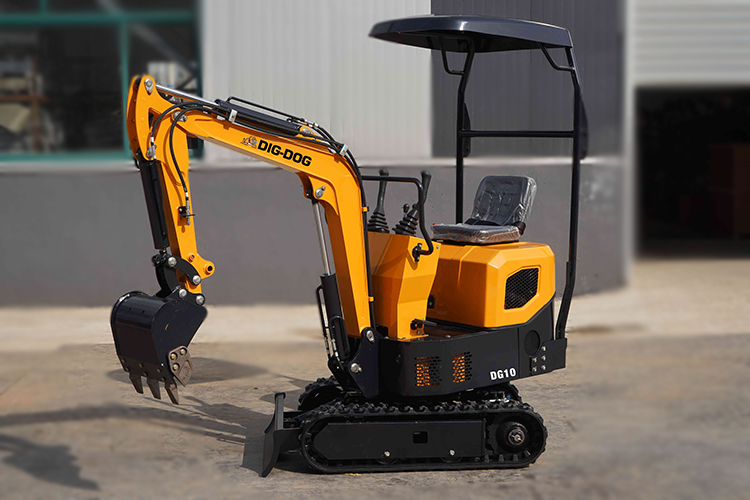
In summary, there are obvious differences between the 3-ton mini excavator and the 1-ton mini excavator in terms of weight, size, digging force and application scenarios. The specific choice of equipment depends on the actual application requirements.
Factors to Consider When Choosing A High-quality 3 Ton Excavator
Brands and manufacturers: Choose well-known brands and reputable manufacturers to ensure that the performance and quality of the equipment are up to standard. You can learn relevant information through the Internet, exhibitions, friend recommendations, etc.
Model and specifications: Choose the appropriate model and specifications according to actual needs. Different models of mini excavators have different performances and functions and are suitable for different working scenarios. Therefore, you need to clarify your actual needs before purchasing and choose equipment that meets the requirements.
Structural Stability: The structural stability of a mini excavator is critical to its longevity and safety. Choose a model with a compact and stable overall structure, and pay attention to whether the operating mechanism is flexible and reliable.
Power and power: Consider whether the mini excavator has enough power and power. If you need to excavate materials that are difficult to excavate, such as hard soil or rocks, you need to choose equipment with higher power.
Precision and control: The precision and control of a mini excavator have a great impact on the effectiveness and efficiency of the operation. Choose equipment with high-precision excavation tools and precise control systems to ensure work quality and efficiency.
Attachments and Tools: Consider what attachments and tools you need and whether they are compatible with your mini excavator. Some common attachments include different types of buckets, hydraulic breakers, etc.
Price and Service: Price is an important factor to consider when purchasing a mini excavator. When choosing, you need to weigh factors such as budget, device performance, and brand reputation. At the same time, you should also understand the situation of after-sales service and support so that you can get timely help when needed.
Operation and maintenance: Understand the operation and maintenance requirements of the mini excavator and ensure that you can operate and maintain the equipment correctly. Some common operation and maintenance requirements include regular oil changes, hydraulic system inspections, bucket maintenance, and more.
In short, choosing a high-quality 3.5 ton excavator or any mini excavator requires comprehensive consideration of multiple factors, including brand and manufacturer, model and specifications, structural stability, power and power, precision and control, attachments and tools, price and service, and operation and maintenance etc. By carefully comparing and evaluating different pieces of equipment, you can find the best quality mini excavator for you.
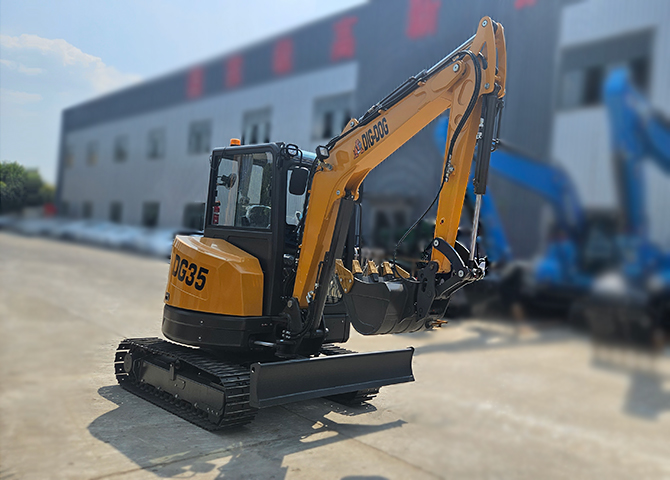

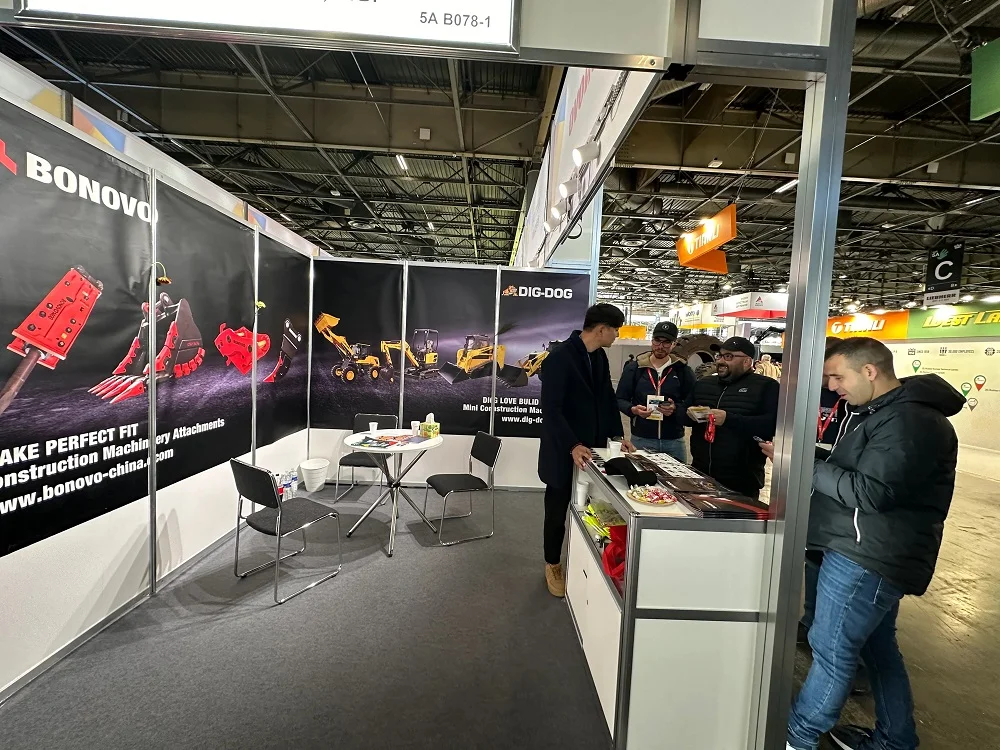 BONOVO Group at INTERMAT 2024 Paris Exhibiton
BONOVO Group at INTERMAT 2024 Paris Exhibiton
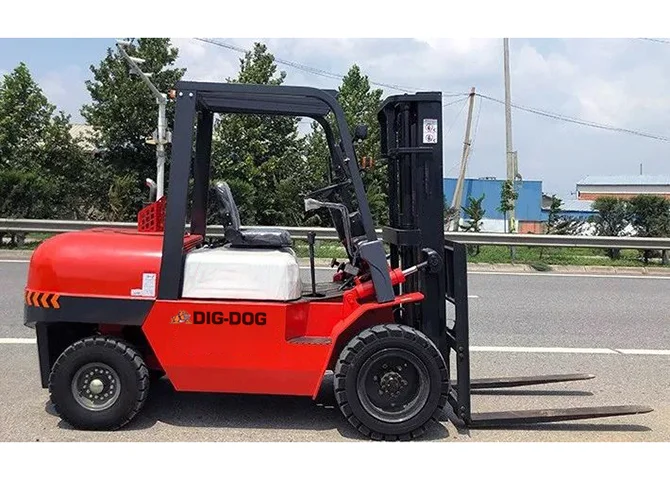 A Ultimate Guide to Clamp Forklifts and Attachments
A Ultimate Guide to Clamp Forklifts and Attachments
 How To Choose The Right Compact Wheel Loader
How To Choose The Right Compact Wheel Loader
 How Much Does a Forklift Weigh?
How Much Does a Forklift Weigh?